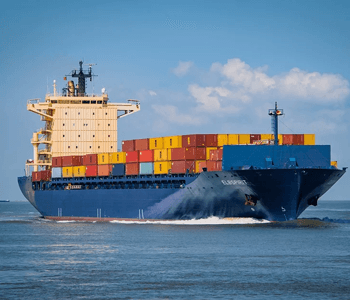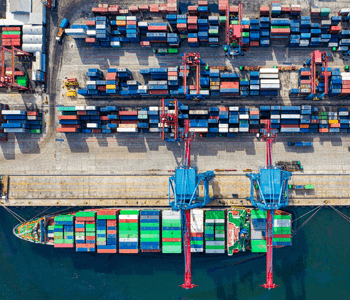We are a key supplier of coal to China and the placement of tariffs and restrictions on the import of Aussie coal has further impacted their coal reserves. With less coal being produced in their own country and less being imported from Australia they have been left with no other decision than to ramp up production of coal mines within Inner Mongolia, China’s second largest coal producing province.
This is unfortunate for not only manufacturers and consumers but also the environment. With more and more coal needed to fuel the fires of industry we are expecting to see a spike in global carbon dioxide emissions especially compared to the recent reduction due to COVID leaving many at home. While we have recently covered record breaking renewable energy figures in Australia the 2 biggest emerging markets, China and India, are still heavily geared towards coal.
It’s a tough situation for China to be in, on one hand they want to make moves towards a more sustainable power source but on the other they are expected to produce a massive amount of the world’s consumer goods. It feels like everyone has had a part to play in this current situation with trade tensions between China and Australia, US and other leading economies leading to an awkward standoff.
This all results in less solar products being manufactured while the demand is still high. When the demand exceeds the supply we can always expect to see a price increase, this is basic economics and with the USD value dropping it is simply not feasible for the current pricing to stay the same regardless of material prices increasing as well.




